Trevor Noah, Seth Meyers, and Jimmy Fallon creatively point out the obvious conclusion from Trump's 'racist' tweets


President Trump spent the weekend on the attack, starting with an odd takedown of French wines and then an odder attack on his predecessor, Trevor Noah said on Monday's Daily Show. "He's seriously blaming President Obama for the temperature in the White House? You see, this is what happens when you run out of things to blame Obama for."
"Then on Saturday, he took his beefs to the next level," Noah said, recapping Trump's attacks on Rep. Elijah Cummings (D) and his majority-black Baltimore-area district, using language about "infestation" he tends to deploy only "when talking about people of color." And "you don't need to be a genius to see what Trump is implying, because he's not a subtle person," he added. "Like, if Trump was a painter, his art wouldn't need to be interpreted, it would just say, 'I'm Sad' in giant letters."
"Many people say Trump's words are clearly racist, but Trump says it's the black people who are the true racists, because they keep bringing up race every time someone says something racist — it's a little suspicious, you have to admit," Noah deadpanned. He teed up "Trevor Noah: Racism Detective" to determine: "Is Donald Trump racist?" It was a very short episode.
The Week
Escape your echo chamber. Get the facts behind the news, plus analysis from multiple perspectives.

Sign up for The Week's Free Newsletters
From our morning news briefing to a weekly Good News Newsletter, get the best of The Week delivered directly to your inbox.
From our morning news briefing to a weekly Good News Newsletter, get the best of The Week delivered directly to your inbox.

Yes, "another weekend, another racist outburst from our racist president," Seth Meyers sighed on Late Night. Cummings, chairman of the House Oversight Committee, "is doing his job by investigating Trump and trying to hold this administration accountable," but Trump "keeps coming back to this racist trope because he's a racist; it's the core of his ideology. ... It's obvious. It's not like you need to play clips of him backwards like a Beatles record to hear some sort of secret message admitting he's a racist." Though he tried that, too.

The Tonight Show's Jimmy Fallon used the advent of shark week to make a similar point, slightly gentler: "Every year there are about 80 unprovoked shark attacks. Yeah, 80 unprovoked attacks — or as President Trump calls that, a weekend. Actually, Trump loves shark week: It's the one time he can tweet 'I love great whites' without being called a racist." Watch below. Peter Weber

A free daily email with the biggest news stories of the day – and the best features from TheWeek.com
Peter has worked as a news and culture writer and editor at The Week since the site's launch in 2008. He covers politics, world affairs, religion and cultural currents. His journalism career began as a copy editor at a financial newswire and has included editorial positions at The New York Times Magazine, Facts on File, and Oregon State University.
-
 Ultimate pasta alla Norma
Ultimate pasta alla NormaThe Week Recommends White miso and eggplant enrich the flavour of this classic pasta dish
-
 Death in Minneapolis: a shooting dividing the US
Death in Minneapolis: a shooting dividing the USIn the Spotlight Federal response to Renee Good’s shooting suggest priority is ‘vilifying Trump’s perceived enemies rather than informing the public’
-
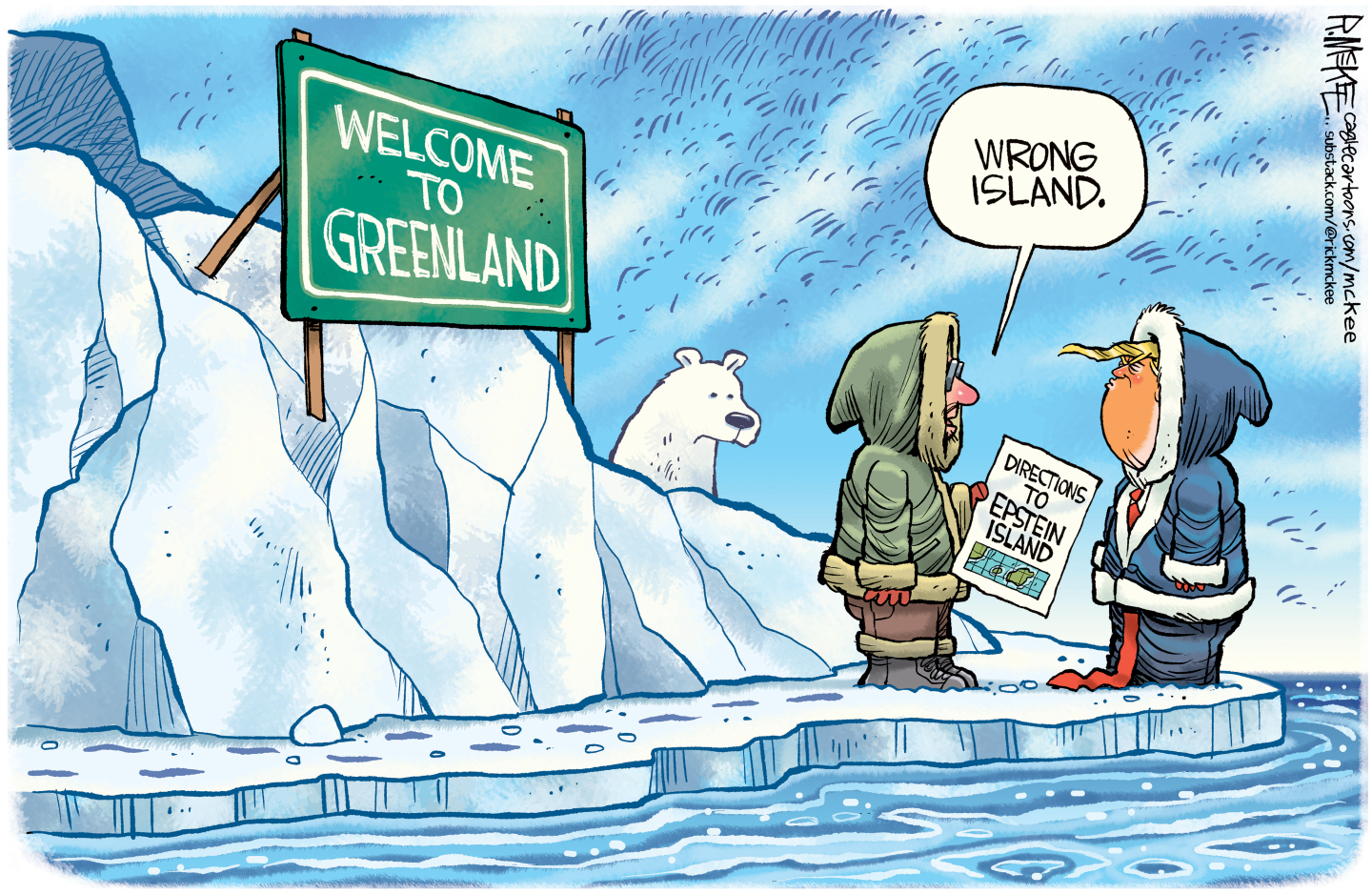 5 hilariously chilling cartoons about Trump’s plan to invade Greenland
5 hilariously chilling cartoons about Trump’s plan to invade GreenlandCartoons Artists take on misdirection, the need for Greenland, and more
-
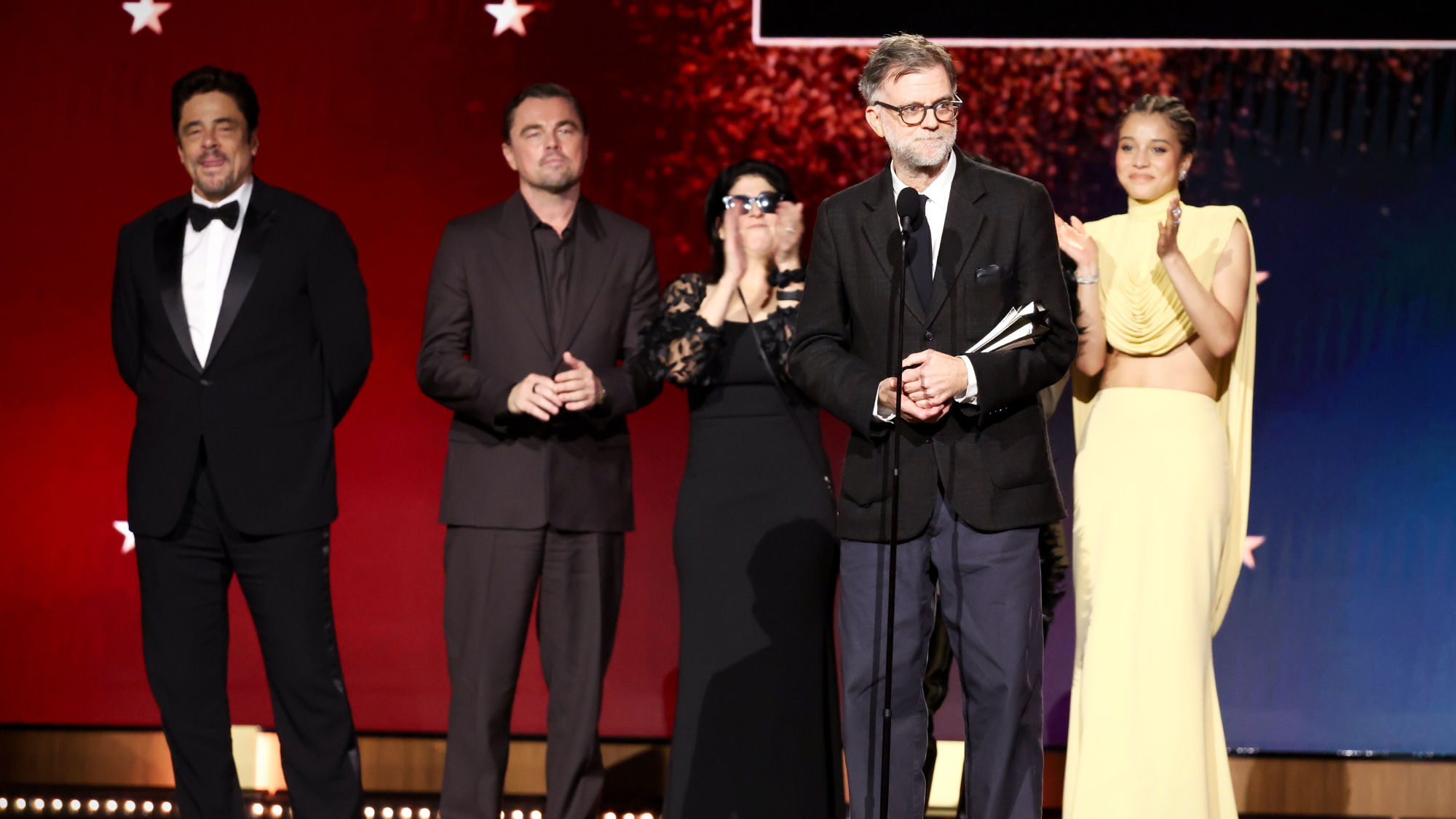 ‘One Battle After Another’ wins Critics Choice honors
‘One Battle After Another’ wins Critics Choice honorsSpeed Read Paul Thomas Anderson’s latest film, which stars Leonardo DiCaprio, won best picture at the 31st Critics Choice Awards
-
 A peek inside Europe’s luxury new sleeper bus
A peek inside Europe’s luxury new sleeper busThe Week Recommends Overnight service with stops across Switzerland and the Netherlands promises a comfortable no-fly adventure
-
 Son arrested over killing of Rob and Michele Reiner
Son arrested over killing of Rob and Michele ReinerSpeed Read Nick, the 32-year-old son of Hollywood director Rob Reiner, has been booked for the murder of his parents
-
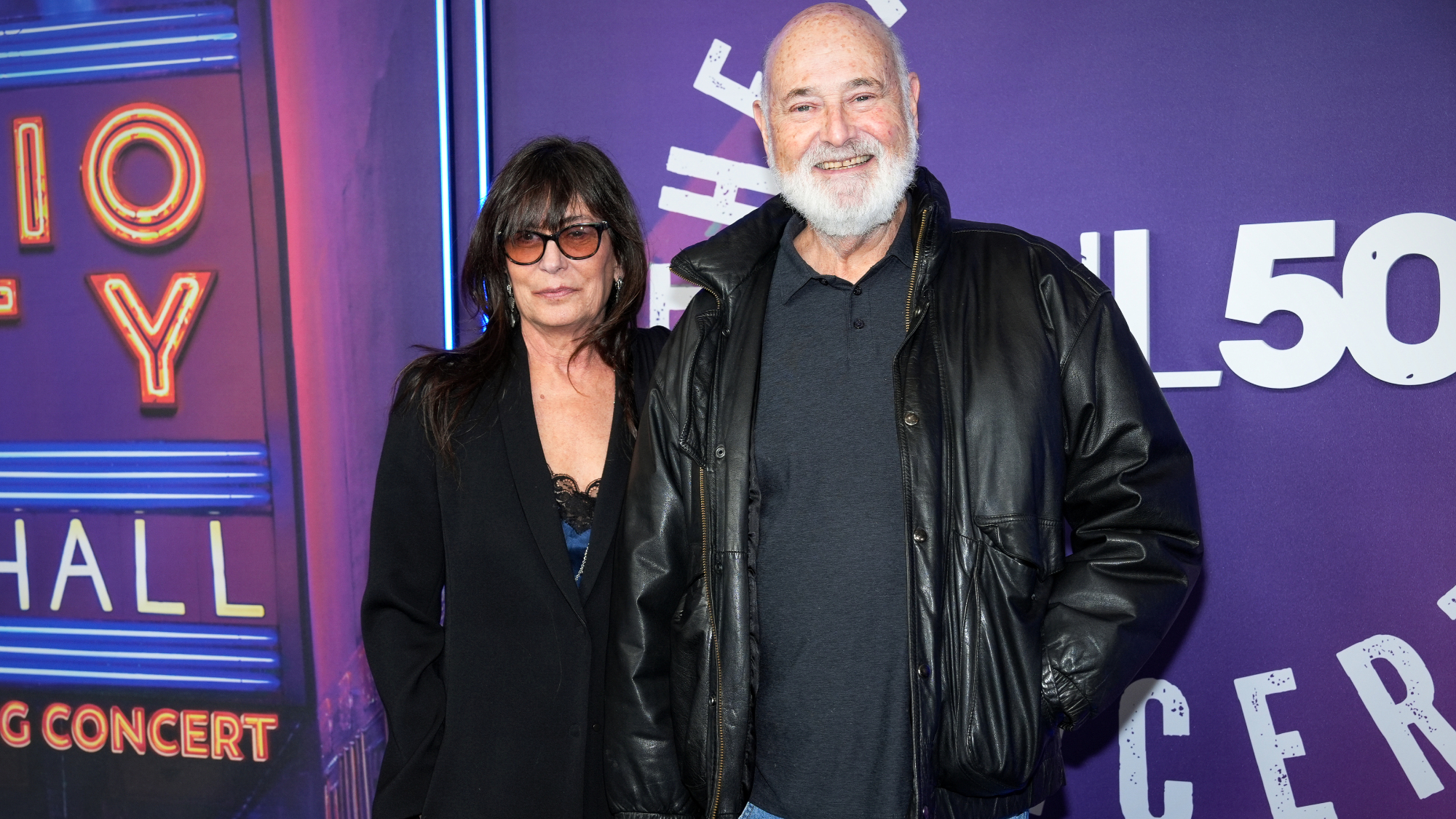 Rob Reiner, wife dead in ‘apparent homicide’
Rob Reiner, wife dead in ‘apparent homicide’speed read The Reiners, found in their Los Angeles home, ‘had injuries consistent with being stabbed’
-
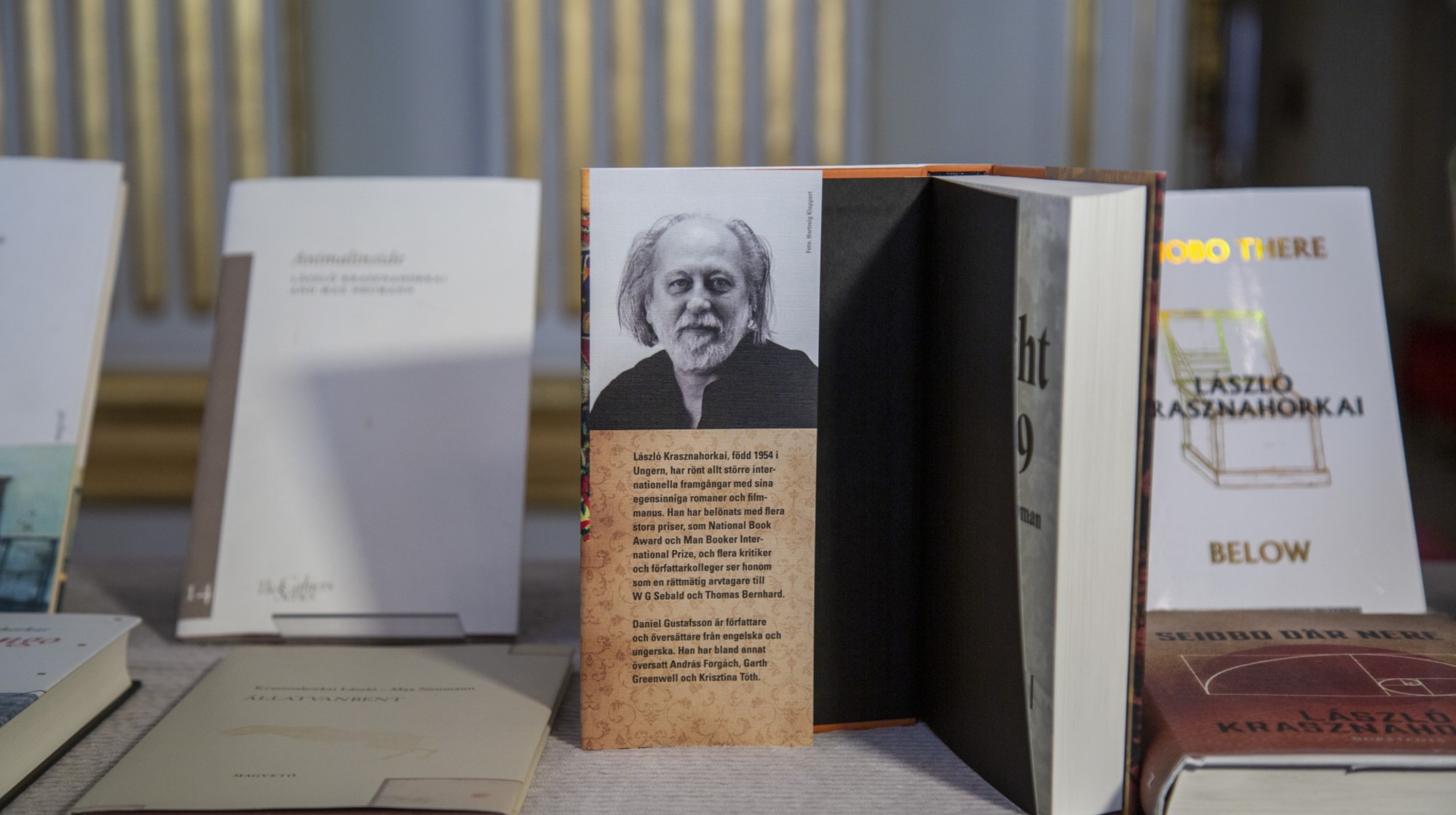 Hungary’s Krasznahorkai wins Nobel for literature
Hungary’s Krasznahorkai wins Nobel for literatureSpeed Read László Krasznahorkai is the author of acclaimed novels like ‘The Melancholy of Resistance’ and ‘Satantango’
-
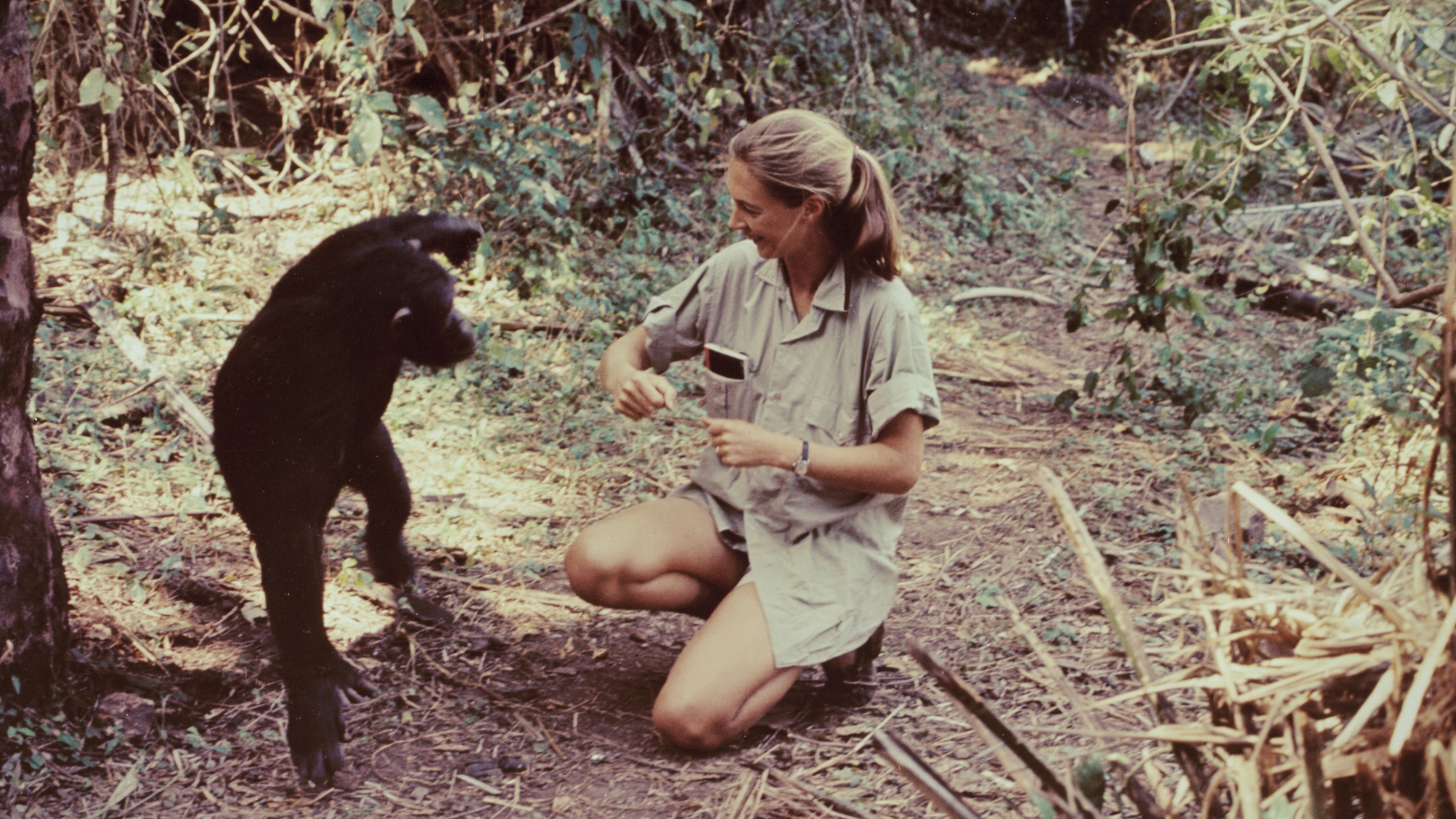 Primatologist Jane Goodall dies at 91
Primatologist Jane Goodall dies at 91Speed Read She rose to fame following her groundbreaking field research with chimpanzees
-
 Florida erases rainbow crosswalk at Pulse nightclub
Florida erases rainbow crosswalk at Pulse nightclubSpeed Read The colorful crosswalk was outside the former LGBTQ nightclub where 49 people were killed in a 2016 shooting
-
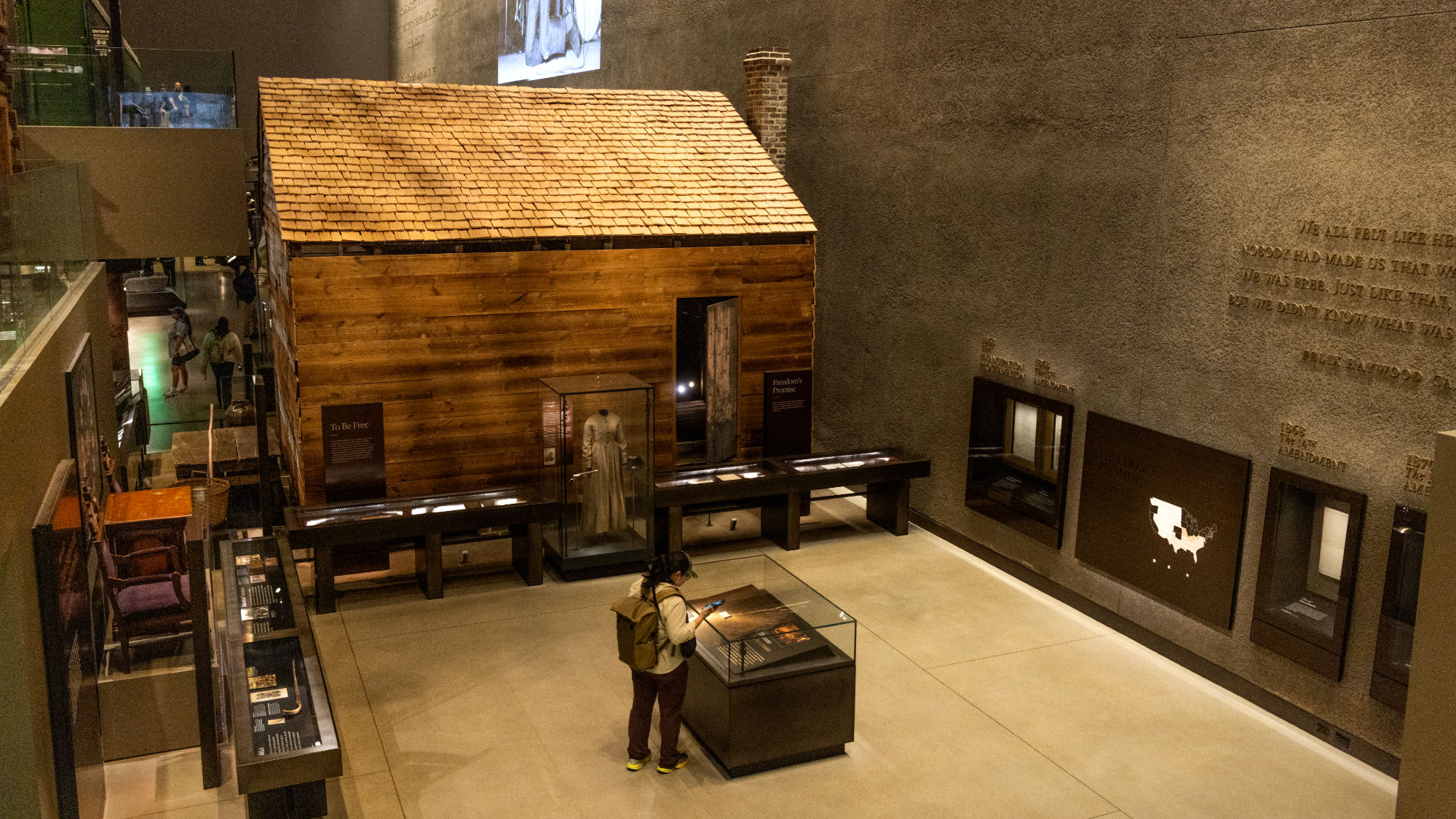 Trump says Smithsonian too focused on slavery's ills
Trump says Smithsonian too focused on slavery's illsSpeed Read The president would prefer the museum to highlight 'success,' 'brightness' and 'the future'
